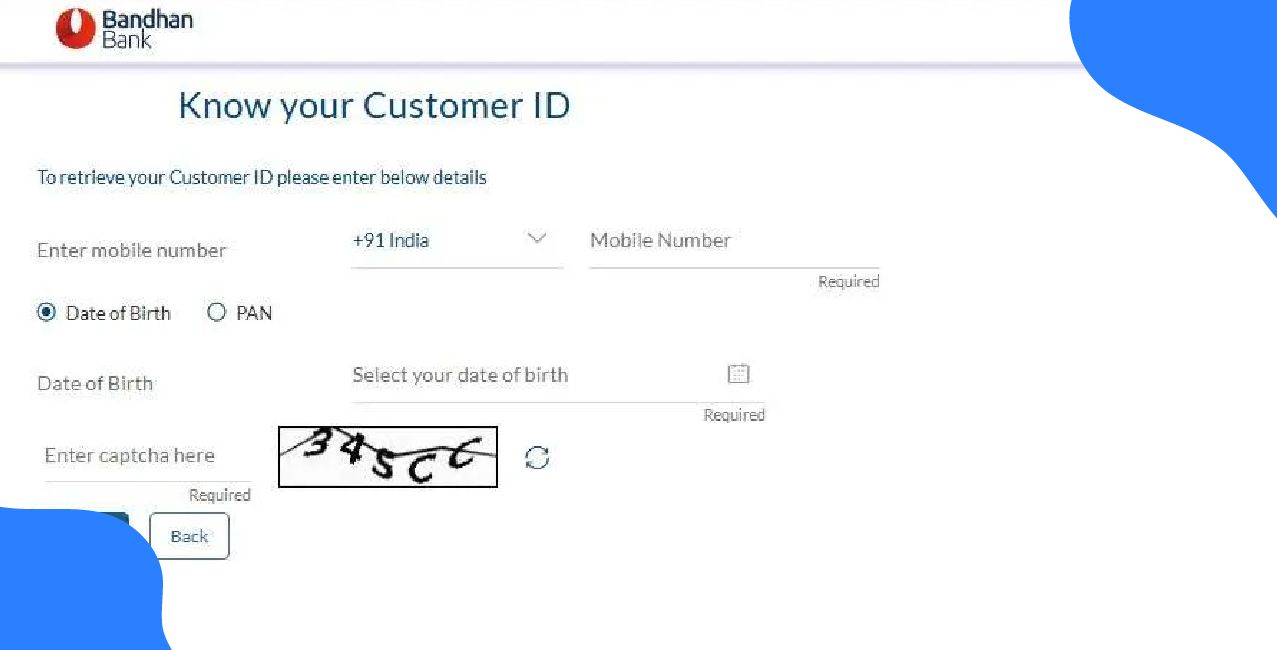
Author
LoansJagat Team
Read Time
4 Min
11 Jul 2025
Contribution Margin: How to Measure Profitability Per Unit
Ever wondered how successful businesses know which products make real money? Contribution margin is your profit compass! It reveals exactly how much each sale truly earns after costs. Let's explore this powerful tool in this blog.
1. Sales Minus Variable Costs = Contribution Power
Contribution margin shows how much money each unit makes after covering variable costs. It helps businesses understand profitability. Variable costs change with production levels. Fixed costs remain constant. The formula is simple: Sales Price minus Variable Costs equals Contribution Margin.
This metric guides pricing decisions. It shows which products generate the most profit. Higher contribution margins mean better profitability per unit.
Example: Mayank's Handmade Notebook Business
Mayank sells notebooks for ₹50 each. His variable costs total ₹25 per notebook. His contribution margin is ₹25 per unit. This means each notebook contributes ₹25 towards covering fixed costs and generating profit. The 50% margin shows healthy profitability for his small business.
2. Per‑Unit vs. Ratio: Two Sides of Margin
Contribution margin has two forms: per-unit and ratio. Per-unit margin shows the actual rupees earned per product. The ratio shows the percentage of sales contributing to profit. Both measurements are essential for business decisions.
Read More - How to Use a Business Loan to Cut Operational Costs By 30%
Per-unit margin helps calculate total profit from sales volume. A ratio helps compare different products' profitability. Together, they provide complete margin analysis. Businesses use both to optimise pricing and product mix.
Example: Gautam's Homemade Cake Business
Gautam's chocolate cake earns ₹48 per unit with a 40% ratio. Vanilla cake earns ₹45 per unit with a 45% ratio. Chocolate provides more actual profit per sale. Vanilla shows better percentage efficiency. Both metrics guide his product strategy.
3. “Break‑Even Blueprint” – When Contribution Meets Fixed Costs
The break-even point occurs when the total contribution margin equals fixed costs. This is where businesses neither make a profit nor loss. Understanding break-even helps plan minimum sales targets. It shows how many units must be sold to cover all costs.
The formula is: Break-even Units = Fixed Costs ÷ Contribution Margin per Unit. This calculation guides pricing strategies and sales goals. Beyond break-even, every additional sale generates pure profit.
Raj's Mobile Cover Business Example
Raj needs to sell 300 mobile covers monthly to break even. Each cover contributes ₹45 towards fixed costs. At 300 units, his ₹13,500 fixed costs are fully covered.
4. Smart Decisions: Price, Product, Profit
Contribution margin drives three key business decisions. First, pricing decisions determine profit per unit. Second, product mix decisions focus on high-margin items. Third, profit optimisation balances volume and margins.
Smart managers compare contribution margins across products. They promote high-margin items and reduce low-margin ones. This strategy maximises overall profitability. Understanding margins prevents selling at a loss.
Jay's Tea Stall Business Example
Jay's analysis shows cutting chai generates the highest total contribution despite the lowest unit margin. Special tea offers balanced performance. Cold coffee has the highest unit profit but the lowest volume. This guides his promotional strategy.
5. Boosting Contribution: Cut Costs or Raise Prices?
Businesses can improve contribution margin through two strategies. First, reduce variable costs without compromising quality. Second, increase selling prices whilst maintaining customer demand. Both approaches require careful market analysis.
Also Read - How to Calculate Gross Profit in 2025 – Formula & Examples
Cost reduction involves finding cheaper suppliers or improving efficiency. Price increases need market research and competitor analysis. The best strategy depends on market conditions and customer sensitivity. Smart businesses often combine both approaches gradually.
Aditya's Handmade Soap Business Example
Aditya's analysis shows that cost reduction maintains volume whilst improving margins. Price increases risk losing customers. The combined approach balances margin improvement with acceptable volume reduction, achieving strong profitability growth.
Conclusion
The contribution margin shows profit per unit after variable costs. It helps set prices, choose products, and find break-even points. Businesses use it to boost profits by cutting costs or raising prices wisely.
FAQs
1. What is contribution margin?
It’s the profit left from each sale after covering variable costs.
2. How is it calculated?
Selling price minus variable costs equals contribution margin.
3. Why is it useful?
It helps decide pricing, products, and when a business breaks even.
4. How can I improve it?
Either reduce variable costs or increase selling prices carefully.
Other Related Pages | |||
About the Author

LoansJagat Team
‘Simplify Finance for Everyone.’ This is the common goal of our team, as we try to explain any topic with relatable examples. From personal to business finance, managing EMIs to becoming debt-free, we do extensive research on each and every parameter, so you don’t have to. Scroll up and have a look at what 15+ years of experience in the BFSI sector looks like.

Quick Apply Loan
Subscribe Now


